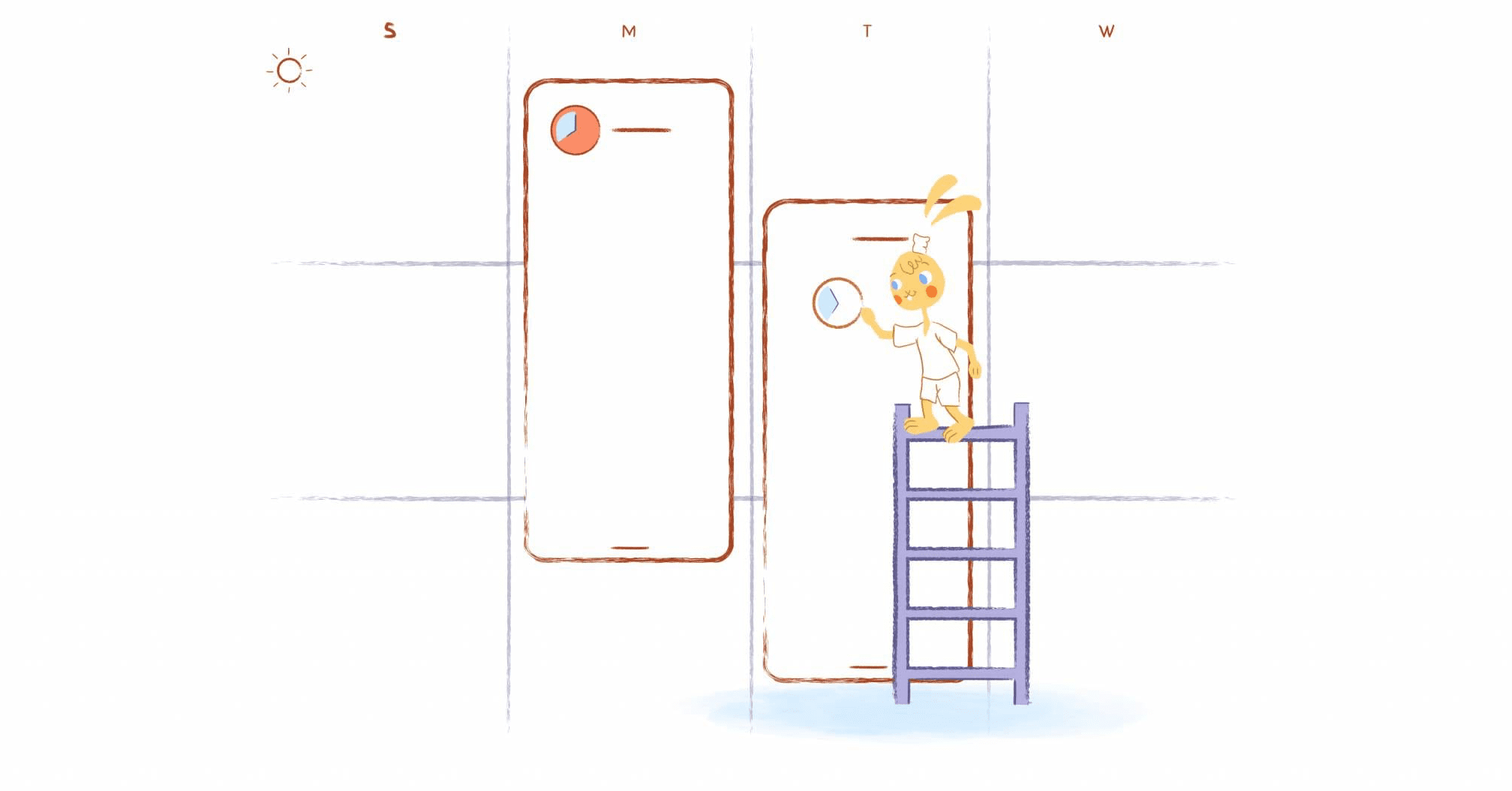

When I woke up this morning, I had every intention to crank this article out first thing. Unfortunately, that didn’t happen. It’s not because I was procrastinating. I couldn’t “get into the zone.” The “zone,” or flow, is something that whether or not we realize it is something we all want to achieve. But, what exactly is the flow state of mind, and how you can achieve it?
What is Flow?
Flow isn’t a new concept. “Go with the flow…” An athlete generally says, “I’m in the zone.” Zone and Flow are similar.
As Matt Davis notes on Big Think, the “idea of flow has been around for millennia. The Taoist concept of Wu Wei, or effortless action, is very similar to flow. Aristotle’s idea of eudaimonia, or the state of possessing a ‘good spirit.’” However, it wasn’t until the 1970s since the state of flow has, “been empirically studied and characterized.”
The flow state has been studied through the work of psychologist Mihaly Csikszentmihalyi, who defines flow as:
“Being completely involved in an activity for its own sake. The ego falls away. Time flies. Every action, movement, and thought follows inevitably from the previous one, like playing jazz. Your whole being is involved, and you’re using your skills to the utmost.”
Entering this “optimal state of consciousness” is when “we feel our best and perform our best.” As a result, we’re happier and more creative. And, we’re more productive since we’re we intensely focused and concentrated on what we’re doing at the moment.
Csikszentmihalyi also developed eight characteristics of flow:
- Complete concentration on the task.
- Clarity of goals keeping the reward for completing them in mind. Also, giving immediate feedback.
- Transformation of time (speeding up/slowing down).
- The experience is intrinsically rewarding.
- Effortlessness and ease.
- There is a balance between challenge and skills.
- Actions and awareness are merged, losing self-conscious rumination.
- There is a feeling of control over the task.
Experiencing these will get you to a point where it feels like “the task is almost performing itself,” explains Davis. At the same time, there’s still a sense of control. As a consequence, performing it feels intrinsically rewarding.
How Can You Achieve Flow?
Getting into the zone is no easy task. It may take weeks or even months to get there. But, you can get started by practicing trying out the following ten strategies.
1. Cut out distractions.
It’s impossible to enter a state of flow while distractions are getting in the way. So, the first step to take if you want to achieve flow is to eliminate these interruptions.
Of course, this is different for everyone. I know colleagues who can tune out smartphone notifications with no problem. Then some have to check their phone every five minutes. However, besides your phone, the most common external distractions at work would be browsing the internet, chatty co-workers, meetings, office politics, clutter, and multitasking.
If you work from home, these are probably similar. But, you may have to be concerned with your family, friends, neighbors, or pets. There’s also the TV, household chores, and not having a productive workplace.
Additionally, there are internal distractions, such as stress or things that nag at the back of your brain. Journaling, meditating, and exercising are all great ways to clear your head.
2. Work at your prime time.
“Very few people have the same level of productivity for the whole day,” Renzo Costarella writes in a previous Calendar article. ‘Some are more effective in the morning; others are most effective in the afternoon.” Identify your “prime-time” so that you can “schedule your most demanding tasks for that time.”
While Renzo isn’t the most effective in the mornings, I’m the opposite and work best bright and early. To find out when you’re most efficient, track your time for a couple of weeks. Find out when you work the best. Ask yourself when your mind begins to wander? As a general rule of thumb, people are generally most alert and focused two hours after they wake-up.
3. Pick your work wisely.
How can you get in the zone when you have to work on something that is either boring or dreadful? Very unlikely. Instead, try to work on something that you enjoy. Also, consider activities that are a challenge, but not enough that you feel completely overwhelmed.
What about work that doesn’t fit either? Consider outsourcing or delegating them to others. For example, while I do know some necessary coding, I wouldn’t spend my entire day building an app. Instead, I would assign that to a professional. It’s less stress and saves me a ton of time as well.
4. Aim for mindfulness.
Struggling to achieve flow or feeling overwhelmed? Then you might want to practice mindfulness. After all, as noted in a piece for the BBC, it’s “a more accessible cousin to of flow.”
“The concepts are very similar,” says Ellen Langer, a psychology professor at Harvard and author of several books regarding mindfulness. “The major difference is that mindfulness is a state of mind that is available to everybody virtually all the time. It’s not an unusual thing.”
What’s more, mindfulness comes with many benefits, like decreasing blood pressure and improving relationships. More importantly, it will help you deliver better results. And, if yoga or meditation isn’t your thing, you can still achieve mindfulness.
“Simply say to yourself, ‘What are five new things about this person that I live with, this route that I’m taking home?’. Looking for new in the familiar leads us to be mindful,” says Langer. “If you’re talking to somebody and you think you know what they’re going to say, you barely listen. If you start off recognizing that you don’t know, you have a very different attitude. Everything becomes more interesting, and if it’s interesting, it’s naturally engaging.”
Or, you can put your phone in your drawer and take a deep breath. That may sound way too easy. But, that pause could be enough to calm you down and get your mind focused on the task at hand.
5. Make sure you aren’t hungry and thirsty.
Eating and drinking water sounds way too obvious. But, you would be surprised at how often you can’t enter a state of flow because you’re either hungry or thirsty. Or, even worse, you address these by consuming junk food and sugary drinks.
Whenever you feel hunger creeping in, steer clear of the vending machine and stick with the excellent and nutritious options like fruits, vegetables, nuts, seeds, and lean meats. You may want to signup for a service like SnackNation so that you can have healthy snacks delivered right to you.
Also, drink plenty of water. And, if you do need a caffeine boost, do so in moderation.
6. Exercise your body and mind.
“If you want to find flow in athletic endeavors, then don’t fail to exercise your mind. Similarly, if you want to drop into the zone at work, then exercise your body,” James Allworth writes for the Harvard Business Review. “I had to stop exercising after a minor surgery — and my ability to get in the zone at work dropped substantially. I couldn’t do it.”
“The nature of the zone is that it is neither purely physical nor purely mental,” continues Allworth. “Having both parts of your body functioning well helps you get there.” So, yeah. Another reason to get your sweat on and spend your free time learning something new or enjoying activities that stimulate your brain, like art, video games, or chess.
7. Connect to a clear purpose.
“One absolute requirement for the flow state of mind is a clear sense of purpose,” writes Elizabeth Wellington over on Help Scout. “You need to feel an authentic connection to the meaning behind your work to devote yourself to fulfilling it at the moment.”
There’s no right or wrong way to do this. It could be knowing how your actions impact the bigger picture of creating your own declaration that aligns with your personal mission. Need help getting started? Know your “why.”
8. Don’t flow alone.
Researchers from St. Bonaventure University conducted a survey and two experiments “to test the hypothesis that social flow is more enjoyable than solitary flow.” It was found that flow was more enjoyable when in a team as opposed to being alone. The main reason was that participants enjoyed talking to each other.
It might not always be possible. But, try collaborating on tasks and projects with others more often. Even if you’re working remotely, this might be possible thanks to project-management software and communication tools like Slack.
9. Seek feedback.
For some tasks, it’s easy to see how you’re performing. Athletes can tell whether they’re playing great or poorly. If a program works, then the developer did their job. But, what for the goals that vague? Kathryn Britton suggests in Positive Psychology News that you turn to feedback.
Not only does this provide reinforcement, but it also helps clarifies goals. Most importantly, however, immediate feedback gives you the chance to make adjustments so that you can keep going with the flow.
10. Reap the rewards.
“Aside from the pleasure of getting into Flow, you’ll also be happier with your work overall,” writes Leo Babauta, founder of Zen Habits. “You’ll get important stuff done,” as well “complete stuff more often, rather than starting and stopping frequently.”
The best part? “All of this is hugely satisfying and rewarding,” adds Babauta. So, don’t forget to carve out “the time to appreciate this, and to continue to practice it every day.”











Deanna Ritchie
Editor-in-Chief at Calendar. Former Editor-in-Chief and writer at Startup Grind. Freelance editor at Entrepreneur.com. Deanna loves to help build startups, and guide them to discover the business value of their online content and social media marketing.